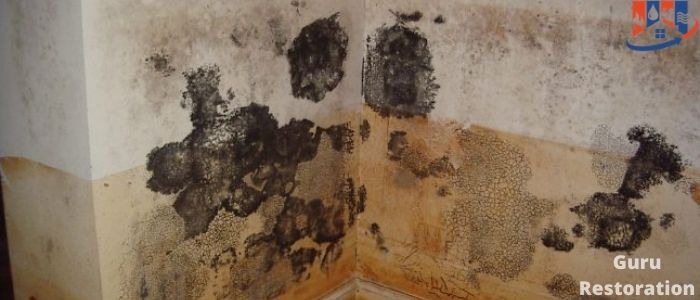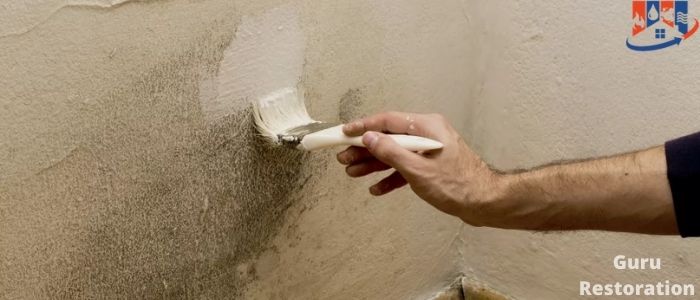Painting over the mold is the same as applying a plaster to a bullet wound. The main reason for this answer is that the main problem is not the unattractive appearance of the walls affected by mold, but the fact that living in such premises is very harmful to health. Painting over mold or mildew will not give anything, and besides, it will appear again. Struggle against mold and fungi, you must start by eliminating the cause of their occurrence.

Reasons And Places Of Occurrence Of Mold
With the elimination of root causes should begin to fight fungi and mold. If you have any suspicions that mold has appeared in your house, you should pay attention to those places where mold is most often found. This parasite is very fond of wet and dark places, and they should be investigated first of all.
| Bathroom | Favorite place for mold. Few people wipe the walls dry after showering, but it is very important. It also makes sense to check the plumbing under the sink, due to high humidity and lack of ventilation. |
| Basement and attic | The basement is particularly prone to mold, as it is usually less ventilated and more humid. If you don’t have a basement, there may be space under the house – check for water and moisture leaks. The same applies to attics, be sure to check if your roof is leaking. |
| Ventilation blades | Sometimes the mold is leaking due to poor ventilation. The device will drive disputes throughout the house, which generates a lot of problems for residents. Meanwhile, the air in the room should not only enter, but also leave. |
| Walls | There is no need to worry if you have brick walls, but if you have drywall, you need to make sure that there are no leaks inside. In addition, with high humidity throughout the house, mold may begin to grow under the wallpaper, if the wall has not previously been treated with special anti-mold products. |
| Raw carpets | Spilled liquid on the carpet is a signal to immediately check it for mold or mildew. |
What To Do With The Wall Affected By Mold And Fungus
After eliminating the cause of fungus and mold, you can begin to give your walls the appropriate appearance. You should be aware that the mold may be present not only on the wall surface but also deeper. This situation occurs when the base is wetted for a long time. The right method depends on how deeply the mold penetrates.
Surface Damage by Mold
If the mold is superficial, you can cope with it on your own using specialized chemicals – fungicides.
Specialized preparations are used to fight fungus and mold. The fungicide penetrates deep into the base into all corners and pores of the wall, so it fights not only with hearths on the surface but also in the depths of the wall. It can be applied to different surfaces. An antifungal agent is applied to the wall with a brush or roller. See the manufacturer’s instructions for more detailed use.

Deep Damage From Mold
- The mold is removed with a spatula or a hard brush to the maximum depth. Where the mold has entered the building material, it is desirable to remove a layer of plaster. The loose plaster is removed completely.
- To check the adhesion of the plaster to the wall, tap the wall surface with a hammer. If this makes a deaf sound, the plaster has moved away from the wall and is unusable.
- Before removing the old plaster, wet it with water, otherwise, the mold spores will spread throughout the room. Removed fragments of plaster should be burned.
- Wallpaper in an infected area should also be removed. Thoroughly clean all contaminated areas with sandpaper, grinding the surface.
- The next step is to treat the area of the wall with a chemical agent. The process should be larger than the area of the lesion, in case there are spores of mold. The additional area is about 1 m.
- The product is applied to the wall according to the instructions with a brush, sponge, spray gun, and left to dry for 5-6 hours. It is recommended to treat the chemical composition several times (5-6). In this case, the result will be more noticeable.
- When processing, use rubber gloves and gauze bandage, and when working with the ceiling – safety glasses. You can start using the room no sooner than two days after the treatment.
Use only quality materials and well-known manufacturers when repairing, they are not much more expensive than poor quality, but the result of their use is incomparably better.

